A Mall That Once Made Sense
There was a time when Rolling Acres Mall fit the map. Sears to the north, JCPenney to the south, and five dozen smaller stores arranged neatly between them.
Built in 1975 on Akron's southwestern edge, the mall reflected the city's post-industrial shift - open land, highway access, and predictable growth.
It drew people in cars every weekend. Decades later, photos of its empty halls showed up online. But those first years were steady, busy, and tightly planned.
Groundbreaking and Retail Ambitions (1971-1975)
In 1971, Akron-based developer Richard B. Buchholzer pulled a $500,000 permit to begin clearing land off Romig Road.
The property sat on 260 acres and was backed by Forest City Enterprises.
The site had appeal: a southwestern corridor of Akron where city infrastructure could support high-traffic retail.
That same year, Akron budgeted $1.1 million for road and sewer expansion along Romig Road to meet projected traffic from the future mall.
By mid-1973, Sears had been confirmed as the first anchor.
Around the same time, a letter from City Councilman Ray Kapper warned Forest City about delays, threatening to revoke zoning if progress didn't accelerate.
Forest City responded with a written construction plan.
They confirmed that JCPenney would also join the roster, relocating from Wooster-Hawkins Plaza one mile north.
The mall's design came from the Keeva Kekst Association in Cleveland.
Construction required the relocation of two natural gas lines.
The total cost passed $100 million, with over 1,200 people involved in building the Rolling Acres Mall.
Opening day was August 6, 1975. Rolling Acres Mall debuted with 21 stores. Sears anchored the north end.
Tenants that opened on day one included Jo-Ann Fabrics, Waldenbooks, The Limited, B. Dalton, and Kinney Shoes.
At the center stood a common area called the Court of Twelve Trees, with real ficus microcarpa trees planted in circles beneath a skylight.
It was built as a permanent indoor street. The floor tiles were warm-colored. The fountain ran. People came.
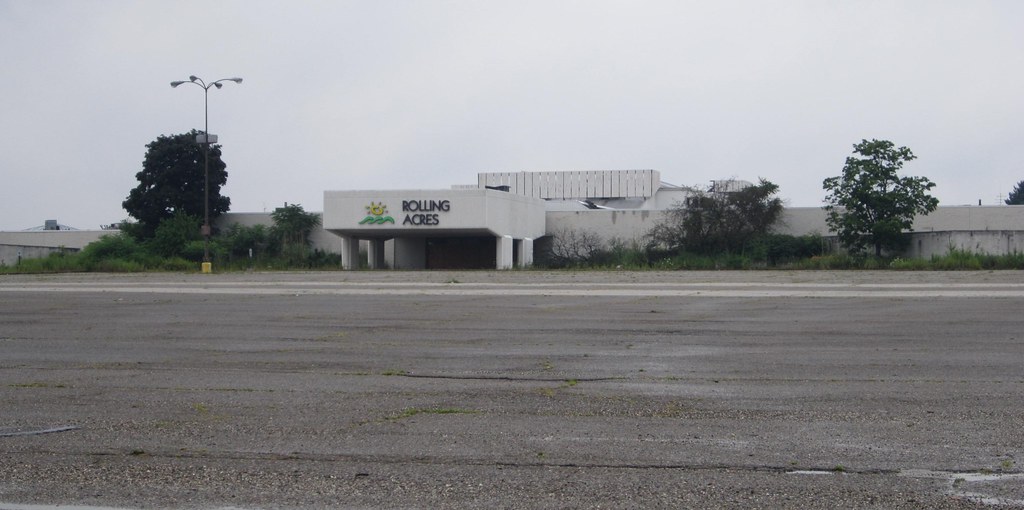
Leasing Uptick and Anchor Conversions (1976-1992)
Expansion moved quickly once the doors opened. JCPenney launched its 178,000-square-foot location in January 1976.
General Cinema opened a three-screen theater by August of that year, rolling out second-run films at full price.
Construction on O'Neil's, another anchor, broke ground in July 1977.
Montgomery Ward followed that October with 126,000 square feet of space, fronting the western wing.
That south wing also carried more retail upstairs.
Branded as the Promenade, it opened in 1978 and brought the mall's total store count to around 144.
Tenants in the upper level skewed regional: Spencer Gifts, Motherhood Maternity, and other middle-market names.
A food court opened there too, called Prom-n-Eat at first, later renamed Picnic Place by 1981.
By the mid-1980s, department store mergers had begun affecting space use.
In 1986, Montgomery Ward pulled out. Higbee's moved in that same year.
It was their twelfth store, but the first new one they had opened in four years.
Mall management adjusted its leasing approach, pushing for more fashion-forward retailers.
Limited Express, Lane Bryant, and Lerner New York signed on.
So did Caren Charles and Petite Sophisticate.
Rolling Acres Mall got a cosmetic update, too. Older earth tones were swapped for cooler hues: blue tile, purple accents, mirrored surfaces.
Outdoor landscaping has changed. Nothing drastic, but enough to reflect the retail trends of the late 1980s.
Then, in 1989, May Company took over O'Neil's and rebranded it under their name.
Rebranding and Tenant Losses (1993-2002)
Dillard's bought out Higbee's in 1992 and put its name on the anchor.
Around the same time, May Company Ohio became Kaufmann's.
That shift was completed by 1993, as part of a consolidation move by the May Department Stores Company.
These rebrands helped keep the storefronts filled, but they didn't fix soft traffic or dated space.
In 1994, Forest City Enterprises refinanced the Rolling Acres Mall.
Part of the money went toward food court renovations.
Target came in next. Construction began in 1994, opening to customers in 1995.
It was the fifth and final anchor, connected by a new corridor that added 21,000 square feet of retail.
Target's merchandise mix was adjusted to fit local demographics, with more fashion, cosmetics, and media stock than in other locations.
Despite the new buildout, the mall's overall leasing trends had begun to fall.
Dillard's and JCPenney were downgraded to outlet stores between 1997 and 1999.
JCPenney's conversion marked only the third time one of its full-line stores had made that shift.
Movie theater traffic had already dropped off. General Cinema closed the three-screen theater in 1993.
It had been running as a second-run house at 99 cents per ticket.
Mall management hoped it would bring volume, but it ended up drawing people who loitered.
A 1991 fight outside a showing of New Jack City triggered a crowd panic, worsened by a metal sign that clattered loudly nearby.
By 2002, occupancy hovered near 65 percent. Bankers Trust had sold the Rolling Acres Mall to Heywood Whichard of North Carolina for $2.75 million.
The price reflected expectations. His other properties followed a pattern: no upgrades, slow tenant loss, and eventual demolition or repurposing.
Rolling Acres Mall began to follow that arc.
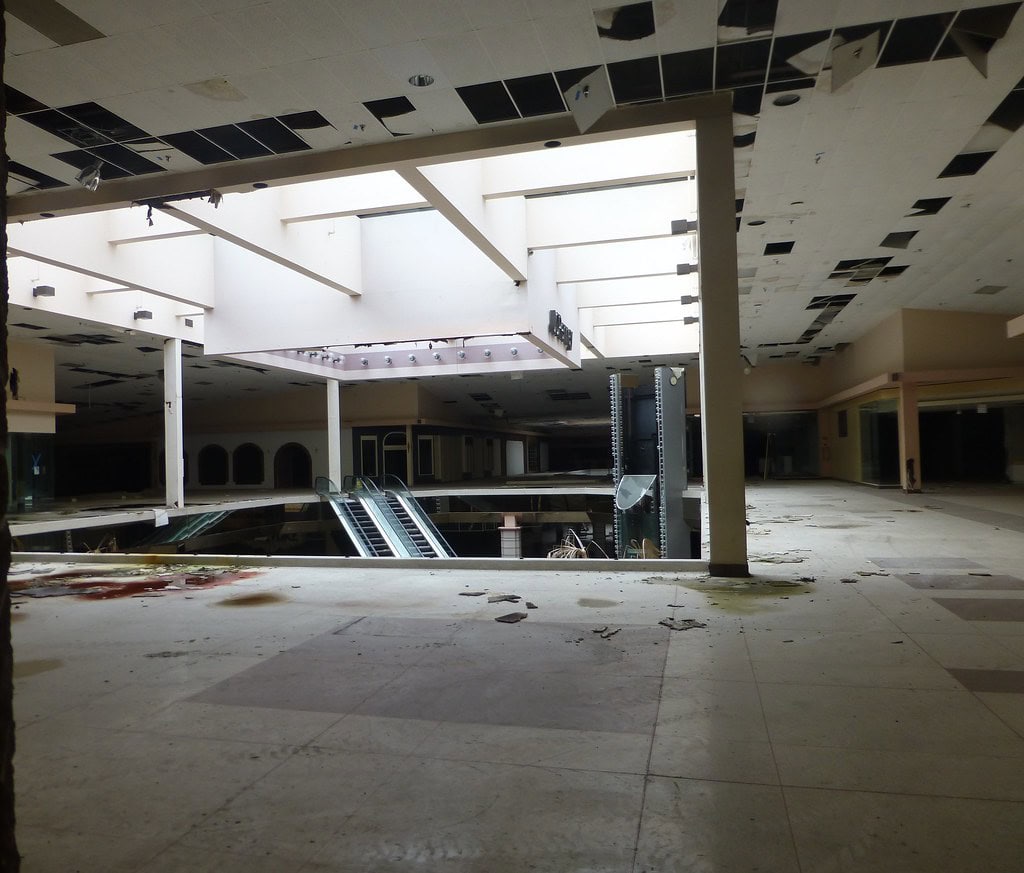
Vacancy, Foreclosure, and Last Tenants (2003-2013)
Target pulled out in May 2006, relocating to Wadsworth.
Dillard's closed three months later. In February 2008, Macy's followed.
When the lights were cut in October of that year, only Sears and the JCPenney outlet were left open.
The rest of the Rolling Acres Mall sat dark.
Ownership had changed again.
A California-based developer, Michael Mirharooni, bought Rolling Acres Mall in July 2006 under the name Invest Commercial LLC.
The sale price was $1.6 million. The purchase was backed by a loan from Namco Capital Group, which was later exposed as fraudulent.
Invest Commercial paid over $600,000 in unpaid taxes that had accrued under Heywood Whichard.
At the time of that deal, about 40 tenants still operated: Dollar General, MasterCuts, Deb Shops, Bath & Body Works, Zales, Subway, Hershey's Ice Cream, GNC, FootAction USA, and a mix of independent shops.
Mirharooni proposed repurposing the space into offices or call centers.
None of those plans reached execution. By October 2008, only eight businesses remained.
The mall's website was taken offline, and management informed the remaining tenants that power would soon be cut off for nonpayment.
A 2007 incident drew headlines. A man had been living in a closed storefront for weeks.
Police found more than $30,000 in merchandise inside - stolen from neighboring stores.
He had been subsisting on protein bars and drinks taken from GNC.
Sears kept going until April 3, 2011.
The JCPenney outlet survived under a new name - JC's 5 Star Outlet - after being acquired by SB Capital Group in late 2011.
That too closed for good on December 31, 2013.
Auction Blocks and Industrial Redevelopment (2014-2020)
Premier Ventures LLC, which had acquired the property in 2010, failed to pay property taxes.
That included unpaid balances dating back to 2006.
The city began foreclosure proceedings in September 2013.
A sheriff's sale was set for October 2014 but was delayed by a bankruptcy filing.
Three more sale attempts followed - each one blocked by last-minute filings in 2015.
In November 2015, a court order barred Premier from using bankruptcy to delay further.
Ownership finally transferred to the City of Akron in June 2016.
At that point, the entire mall was abandoned. A few of the anchor buildings - Sears, Dillard's, JCPenney, and Target - were still owned separately.
One by one, those changed hands or were cleared for redevelopment.
The JCPenney building was sold to the city in September 2016.
It remained standing until August 2017. The rest of Rolling Acres Mall had already been demolished by October of that year.
The former Dillard's had housed Old Main Storage until late 2018.
The Target building, used by Storage of America, closed operations in 2017.
The former Sears building, as of 2025, remains standing.
Rumpke Trash Pickup and Recycling Services use it.
Rumors about Amazon began in early 2019. By July 22, 2019, the city confirmed the company had acquired the site.
Construction of the 695,000-square-foot fulfillment center began that September.
The facility was completed in under 14 months. It opened on November 1, 2020, with capacity for over 1,500 employees and 58 loading docks.
Local job listings referred to it as "Project Carney."
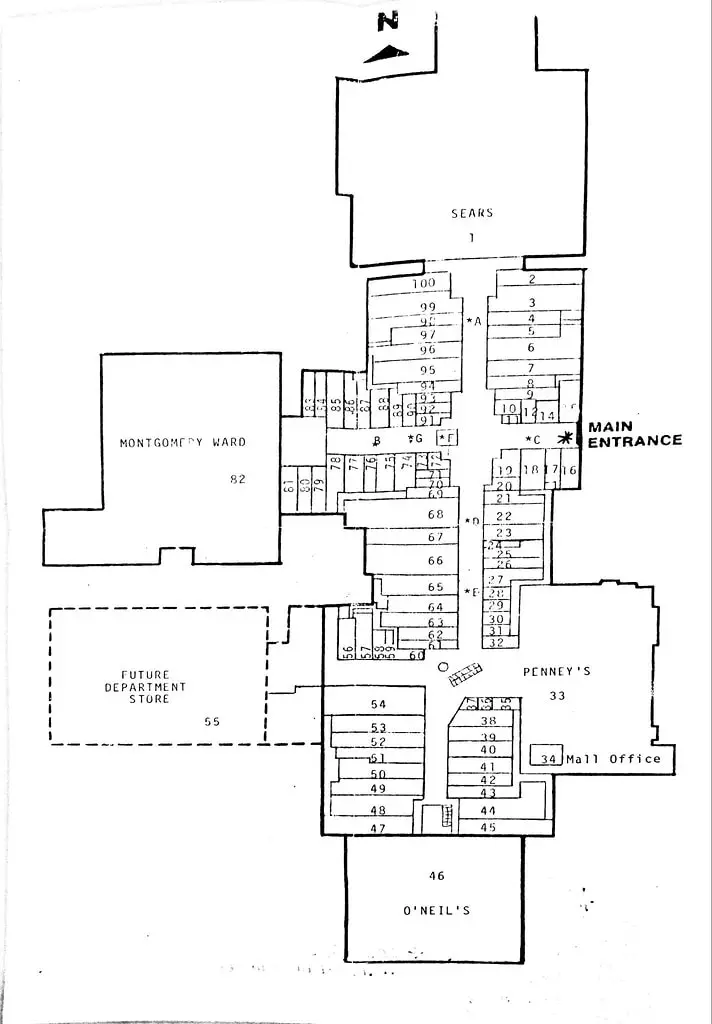
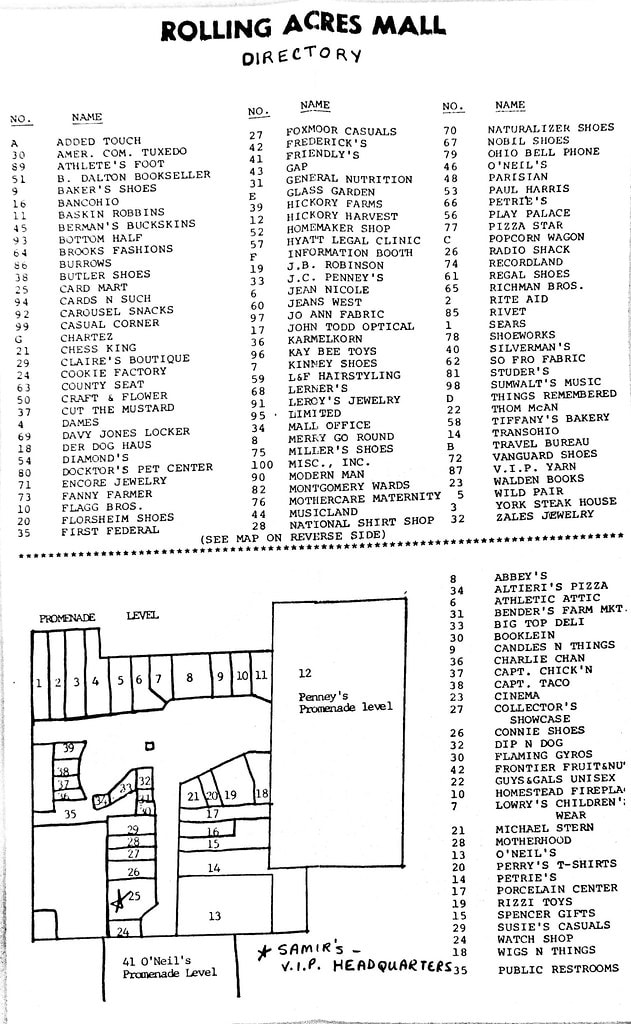
🍀

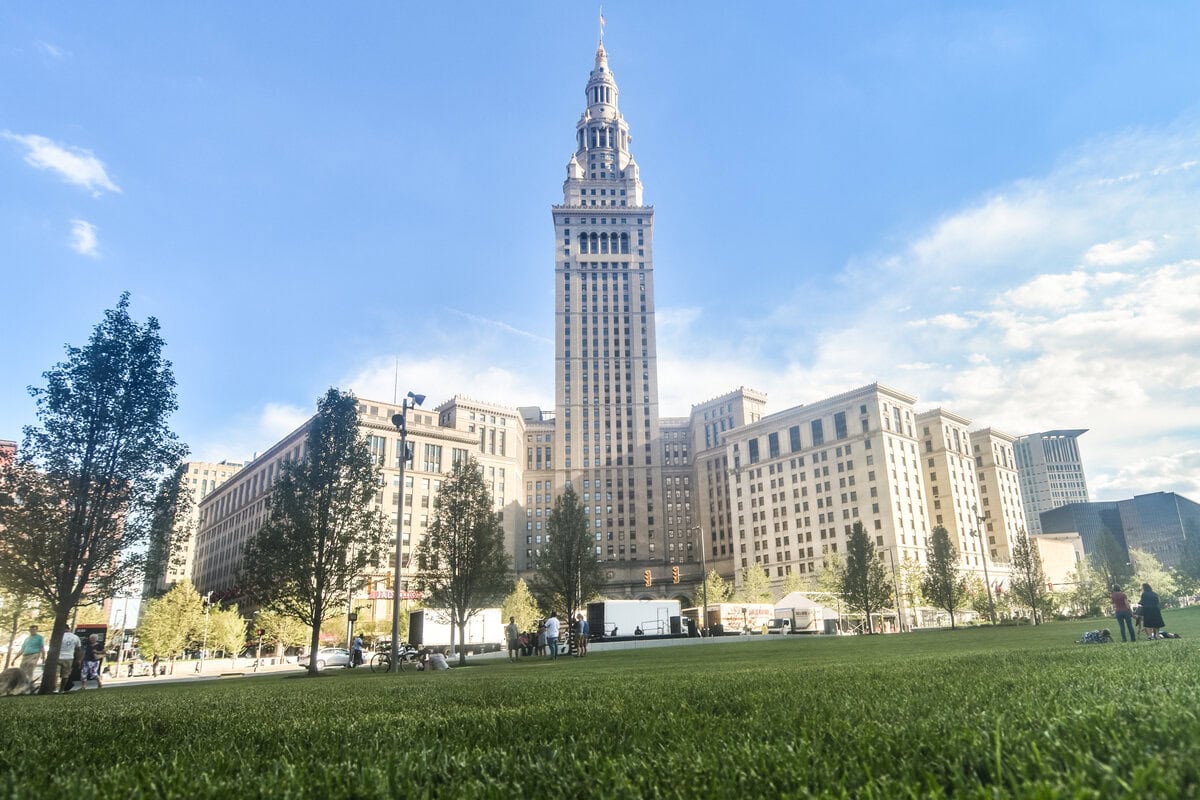
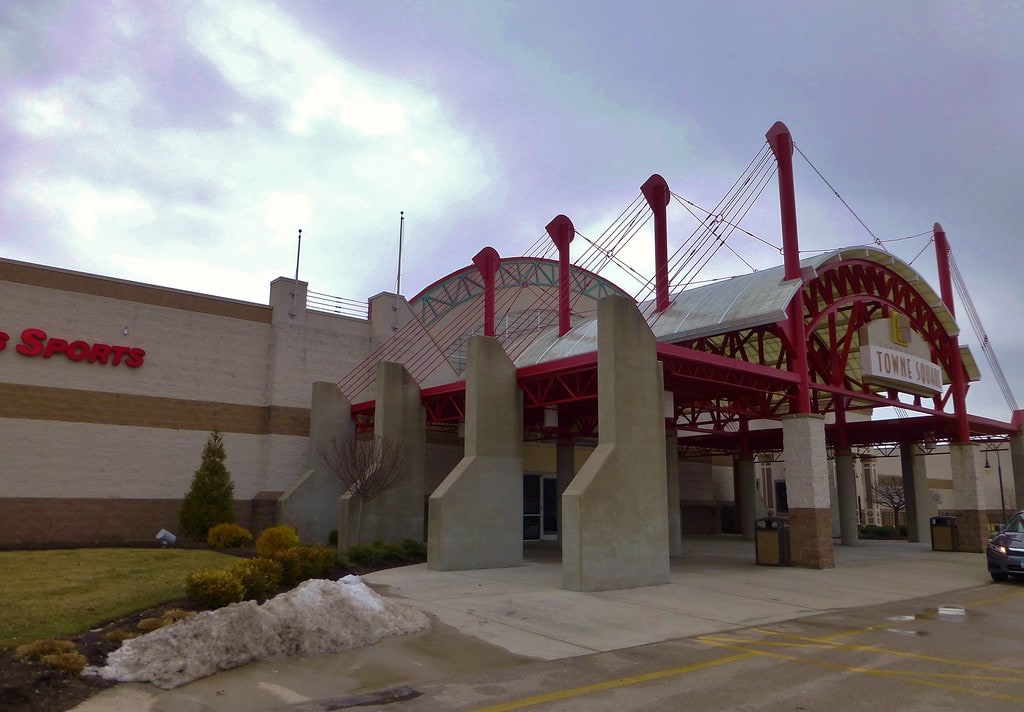
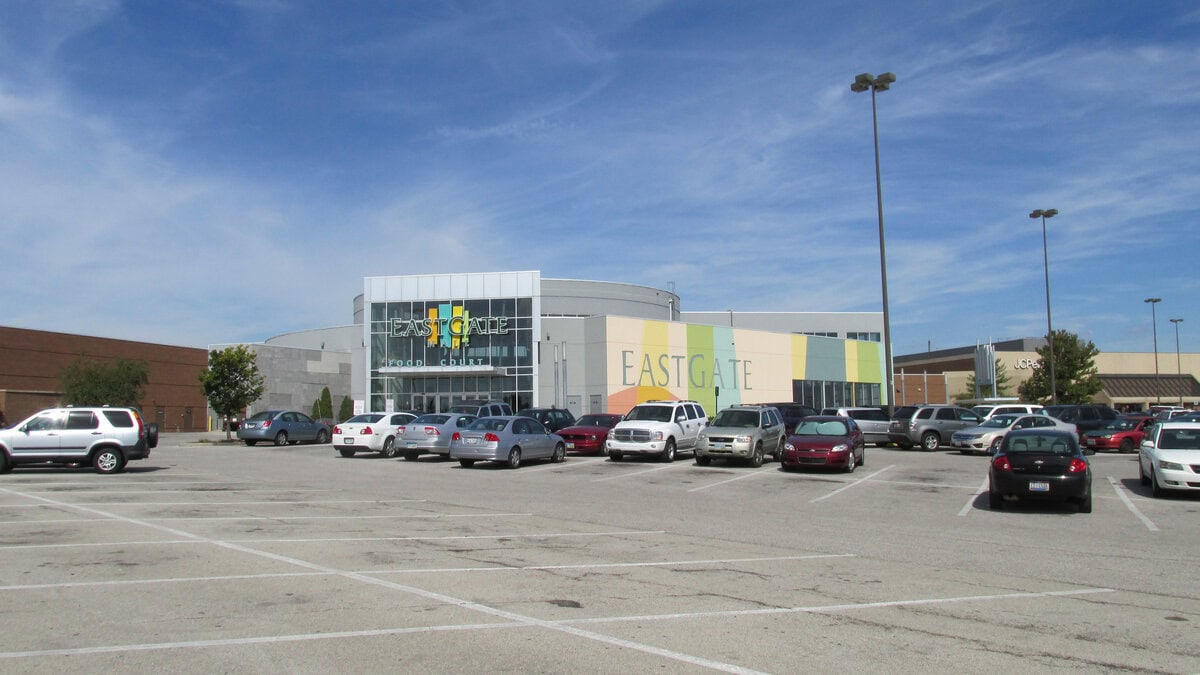
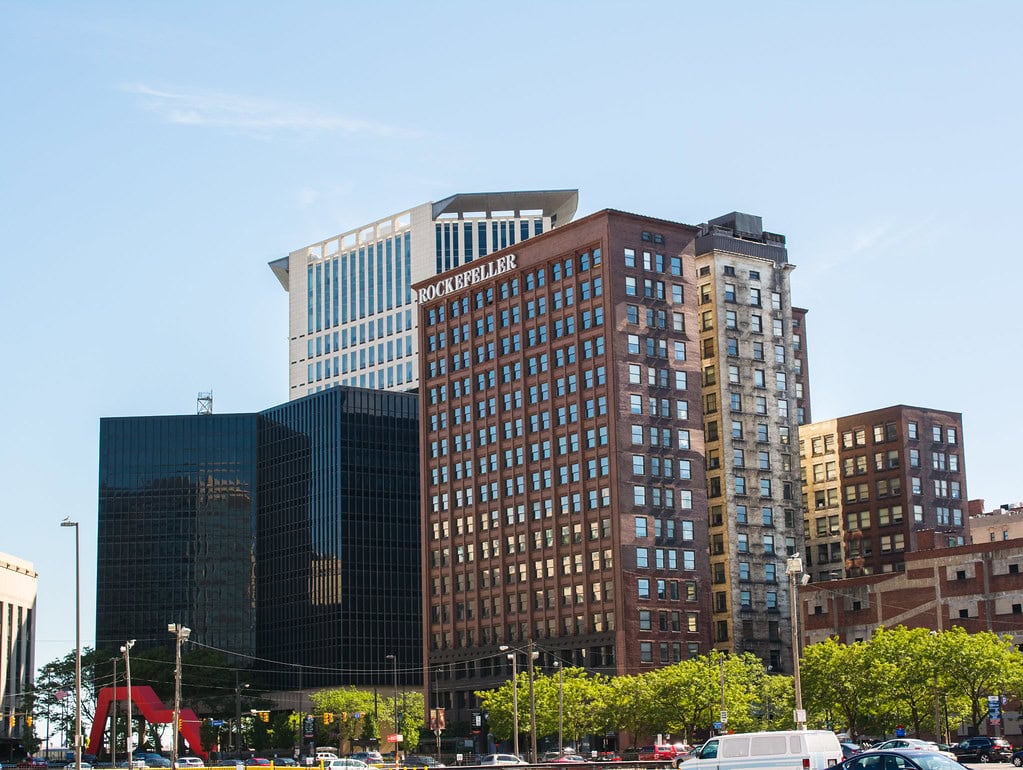
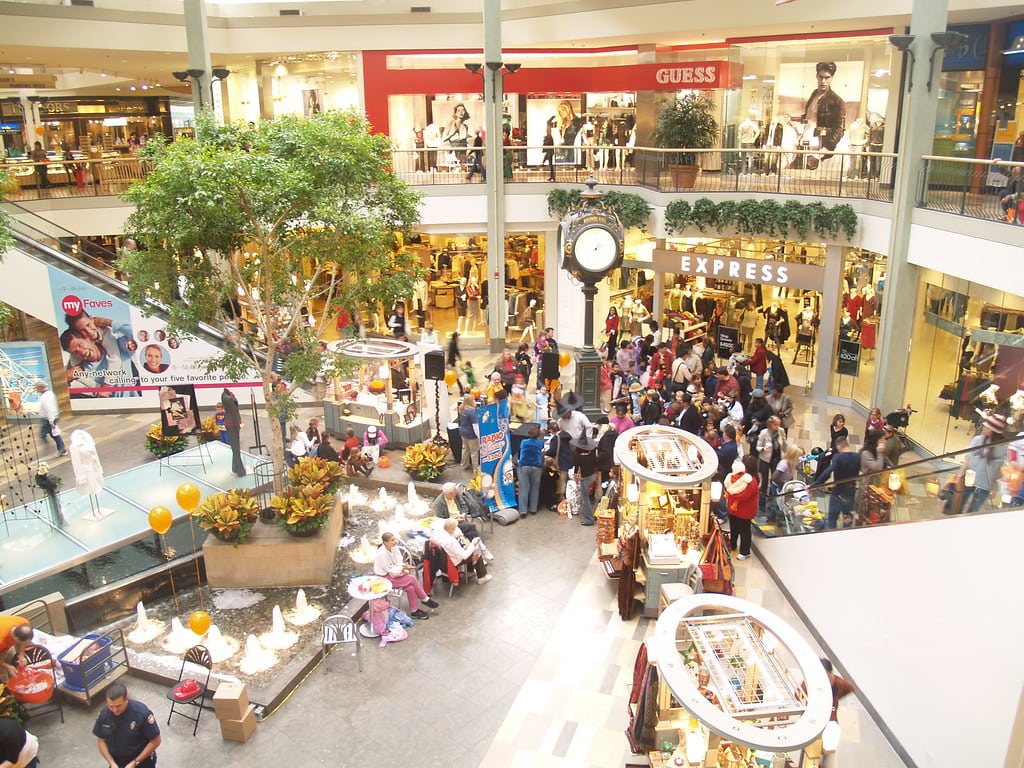

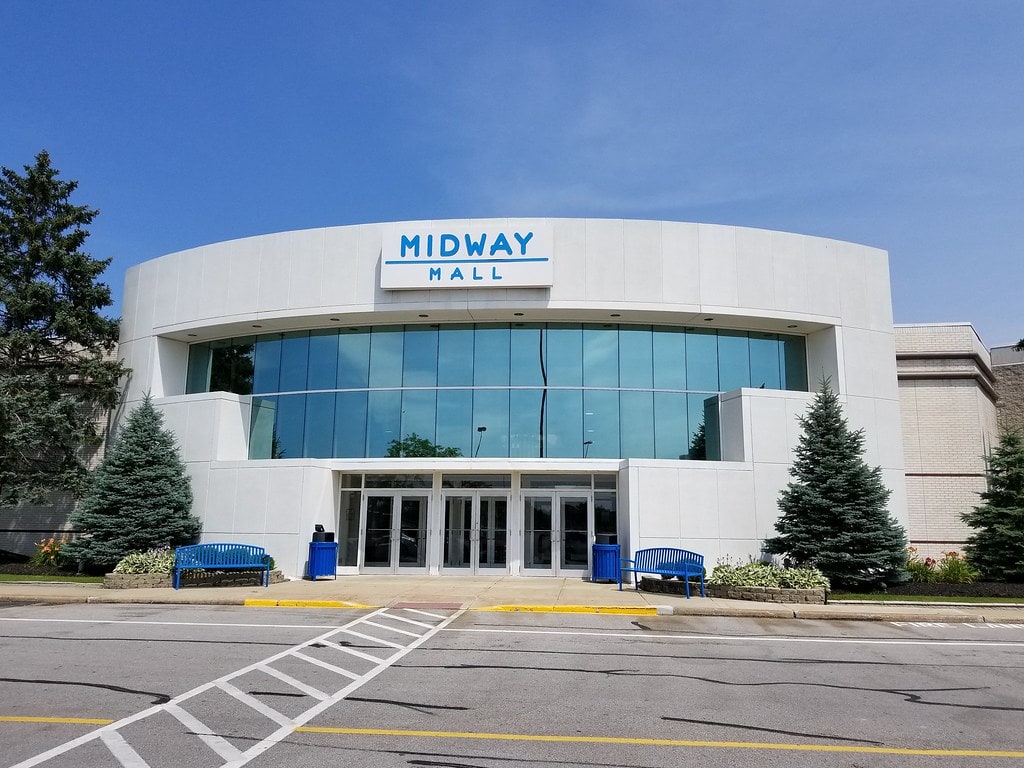
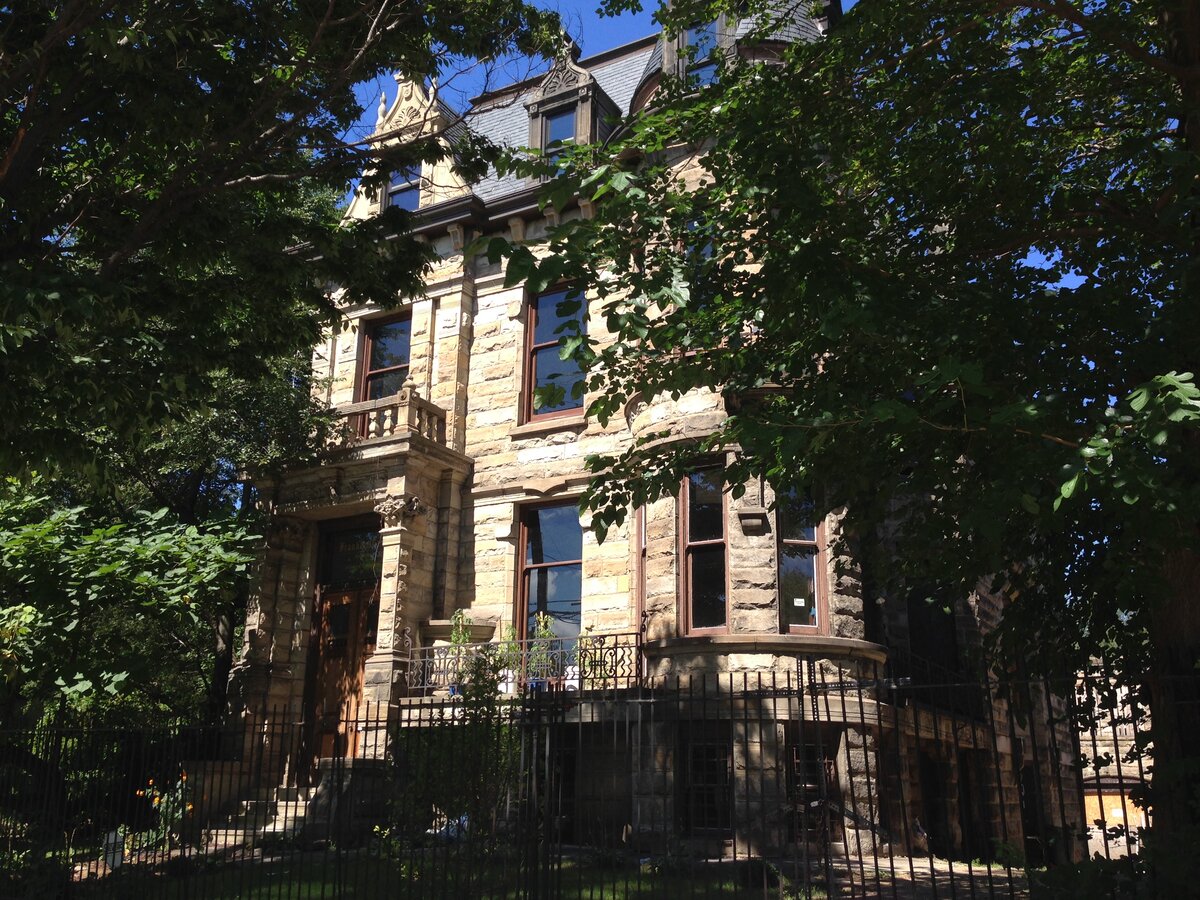
Hi Spencer, I helped build the mall and also worked there. I saw first hand the real decline of the mall. When the bus lines started dumping off large groups of unsupervised, loud, violent teens, who assaulted shoppers and robbed them in the parking lots, that was the beginning of the end. Instead of addressing the issue with increased security, management tried to cover it up. People grew aware and stayed away for the place.
Thank you for sharing your firsthand experience with Rolling Acres Mall. I appreciate your honesty. Your experience provides a cautionary story for other malls and public spaces.